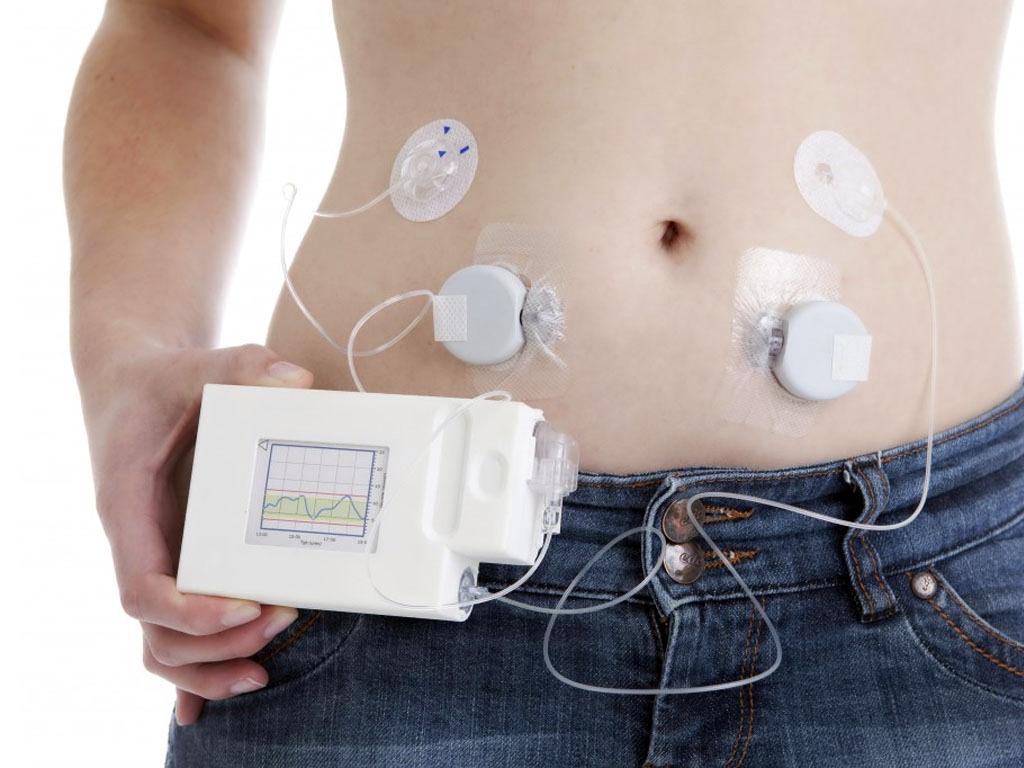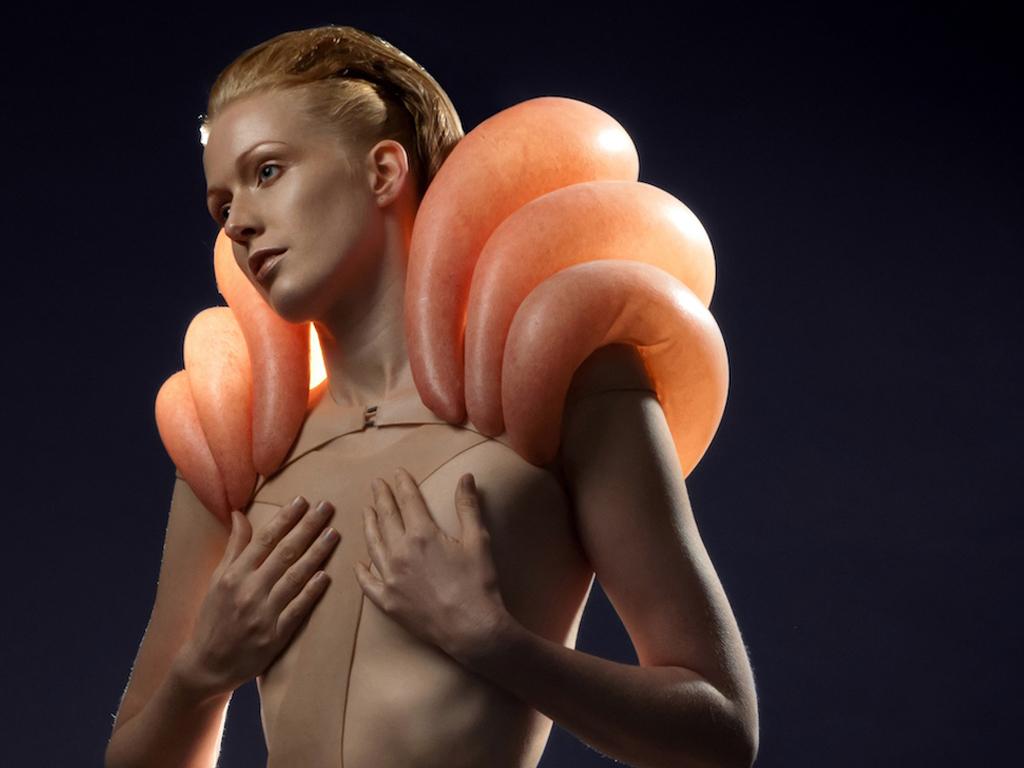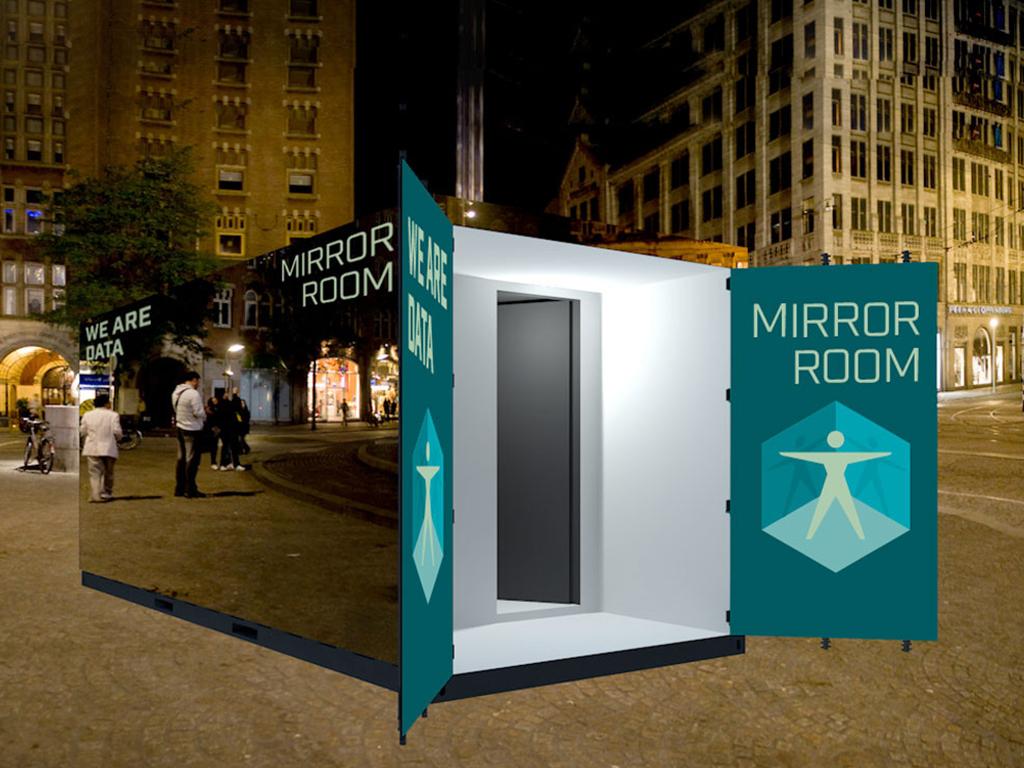These days, an increasing number of things are becoming measurable. And, as technical boundaries are pushed, the trail of data we leave behind widens. This data is used by a growing number of applications to connect the needs and wishes of individuals in better and smarter ways. This is the reason shopping websites often confront me with ads for products I was looking for on eBay last week. This is also the reason why a smart thermostat cools my grandma’s house down from subtropical temperatures to the temperature of a normal summer's day before she goes to sleep. To measure is to know—a saying that seems more and more applicable to everything in modern society. It even holds true when we look at what we do with our bodies and what happens within them.
It’s the 28th of May. The "Big, Open and Beautiful" meeting is taking place in Pakhuis de Zwijger. On the screen reads “Data for a Better Life”. During this meeting, we explore what (big) data could mean for your health and mine. The event begins. “Who among you owns a wearable device or an app that measures something related to lifestyle or health?”, the moderator asks.
Almost everyone raises his or her hand. There they are. The self measurers—including myself. Obviously we generate a lot of data, but what should we really be doing with it? How can smart solutions translate such data into valuable insights for patient and healthcare professionals? Or should everyone just do it himself or herself? Different keynote speakers are here to discuss these type of questions and more.
I just want to go into the insights that I enjoyed the most—the little things that seem to get stuck in your head. Sometimes these things can be the smallest details. Here they come.
1. It’s not about the device or instrument but about the data itself
Hermie Hermens of the University of Twente, shows how data can serve as the foundation for personalised coaching systems. I thought the best part of his story was when he mde a waving gesture and said: “Those devices themselves are not interesting. Others can develop them way faster and better.” Hermens prefers focusing on the way that generated data can be translated into validated and valuable insights. Insights that can be used in personalised coaching of individuals. That’s what Hermens is about.
2. Data should be a blast
Entrepreneur Yosef Safi Harb of Happytech showed us that using data to create health awareness should also be a lot of fun. In his app/game called Skip a Beat, users must control a frog-like character using their heartbeat (this is measured in the users’ finger tip by a smartphone camera lens). In this way, Skip a Beat contributed to the users’ understanding of heart rhythm. And in playing, the user also develops the skill to influence and control this rhythm.
3. Sharing data helps you understand your own
Martijn de Groot of the Quantified Self Institute told us that more and more people are getting hooked on the topic of data and personal health. He shows how individuals can collect, bundle, and share data. In this way, the quantified self can be compared to quantified other. By doing so, a dialogue emerges between people, a dialogue that contributes insights in personal situations. Such insights can then contribute to the quality of medical treatment. It enables the patient to become better informed in his or her contact with medical professionals. And no, not every medical professional is pleased with this development (yet).
4. Embrace data as a new perspective in failing structures and systems
One medical professional who is definitely open to the quantified self patient is Floortje Scheepers], a psychiatrist by trade. In her presentation, she identified room for improvement in current diagnoses within her field. She envisions how big data can provide us with a more complete image of the individual patient. With big data solutions, she hopes to move away from current labelling of patients and towards a more valid and complete description of symptoms and patient context.
5. Just use that old existing data
Wouter Kroese and Willem Herter also focused on diagnosis. They are the entrepreneurs behind PacMed. Together, they develop a decision support system for general practitioners (GP’s). This system is deeply rooted in all GP generated data in the Netherlands. Through thorough analysis they are able to present advice for the general practitioner in question. In this way, PacMed delivers a revolutionary decision support system that delivers insight. This insight adds to the personal knowledge and experience of the single GP in the decision-making process.
6. Don’t drown that user in all that data
Along with our own Mickael Boulay, Wim Smit of Inreda Diabetic develops the artificial pancreas. This is a device that can take over the demanding job of controlling and influencing blood sugar for diabetic patients. For the Inreda product, measurement is definitely important. However, they do not want to confront patients with too many measurement results. Instead, they work with simple colour-based feedback: red, orange, and green. In this way, the data (quantified self) is translated and evaluated. This leads to insight and intelligence (qualified self) instead of the enormous amounts of numeric data in which a patient will most likely drown. Thus, Inreda aims to minimally burden the patient by managing the condition for him or her.
The evening goes by quickly, and before we know it Frank Kresin is wrapping it up. A lot of people head over to the bar and talk some more about tonight’s subject. I overhear people discussing ownership, privacy, and storage of all that data. I hear someone else wondering if developing the examples presented tonight takes place behind closed or open doors. How open is this data, really? Someone else concludes that both the scientific and creative industries were well represented, but where were the medical professionals sitting tonight?
Personally, I can summarise “Data for a Better Life” as follows: the value of data is as big as our ability to safely translate it to meaningful insights. On to the next Big Open & Beautiful!


